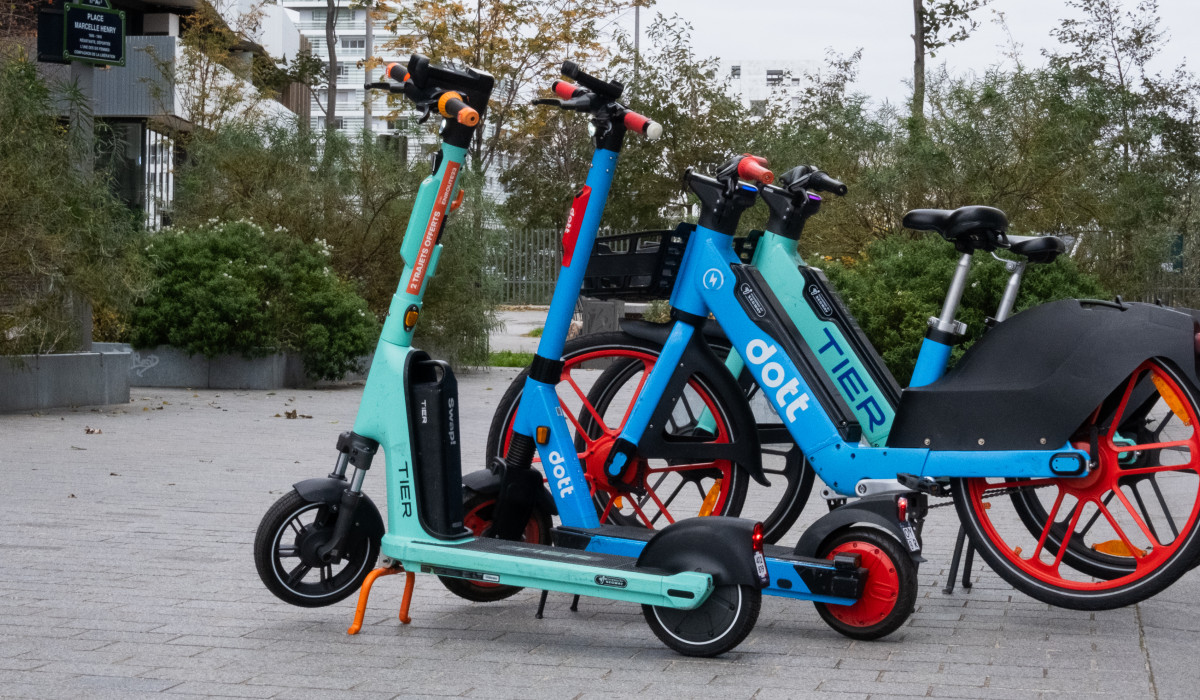🚖 New Rule Could Shake Up the Gig Economy
US Department of Labor Releases Final Rule to Make it Harder to Classify Workers as Independent Contractors; Reverses Business-Friendly Trump-Era Regulation if Court Challenges Fail to Impact It
New Labor rule could turn gig workers into employees.
The US Department of Labor (DOL) has recently published a final rule that aims to make it more challenging for companies to classify workers as independent contractors. If this rule survives court challenges, it will replace a business-friendly regulation implemented during the Trump era.
📝 Implications for the Gig Economy
The new rule, scheduled to go into effect on March 11, 2024, could have significant repercussions for companies heavily reliant on gig workers, such as Uber and DoorDash. Under the new mandate, workers who are “economically dependent” on a company must be classified as employees.
💼 Determining Worker Classification
The rule brings back a pre-Trump precedent that utilizes six factors to determine worker classification. These factors include the worker’s opportunity for profit or loss, the resources invested in the work, the permanence of the work relationship, the degree of control the employer has over the worker, the importance of the work to the business, and the skill and initiative of the worker.
👩💼 Acting in Accordance with Precedent
The DOL’s decision to publish the new guidance is based on longstanding precedent predating the Trump administration’s pro-business stance. Acting Labor Secretary Julie Su emphasized the importance of the employer-employee relationship and the need to protect workers from exploitation through misclassification.
📢 Reaction and Opposition
The US Chamber of Commerce, a lobby group representing business interests, opposes the new rule, citing potential negative impacts on the economy and the ability of individuals to work flexibly. DoorDash, on the other hand, expressed optimism that the rule would not impact its workforce and emphasized the need to find solutions that balance flexibility and worker protections.
🔐 Expected Legal Challenges and Widespread Impact
Legal challenges are expected from organizations with similar views before the rule goes into effect. While popular gig economy platforms like DoorDash, Lyft, and Uber are likely to be affected, the rule could extend to other sectors such as healthcare, trucking, and construction. The Department of Labor has observed instances of misclassification in various industries, including vulnerable workers in janitorial, restaurant, and construction sectors.
🔮 Future Developments and Analysis
The new rule signifies a potential seismic shift in the gig economy and worker classification. Its impact will likely be felt beyond the gig economy, affecting a broader range of industries. Companies will need to adapt and reassess their workforce structures to comply with the new regulations while balancing the needs of their workers.
❓ Q&A
Q: How will this rule impact companies like Uber and DoorDash? A: This rule will mandate that workers who are economically dependent on a company, such as gig workers, be classified as employees. This change will likely increase costs for these companies and potentially disrupt their current business models.
Q: How will this rule affect workers in industries other than the gig economy? A: While the rule is primarily aimed at the gig economy, it could have implications for various sectors, including healthcare, trucking, and construction. Many vulnerable workers in these industries may also face potential reclassification as employees.
Q: What is the expected response from organizations with similar views? A: Organizations opposing the rule are likely to mount legal challenges before it goes into effect. Similar to previous attempts to reverse Trump-era rules, legal battles will shape the final outcome.
Q: How will the rule impact the economy and workers’ flexibility? A: The US Chamber of Commerce argues that the rule could have significant negative impacts on the economy and limit individuals’ flexibility to work as they choose. On the other hand, proponents of the rule believe it will protect workers’ rights and provide them with appropriate wages and benefits.
Q: What should companies do to comply with the new rule? A: Companies should review their worker classification practices and reassess whether their gig workers meet the criteria outlined in the new rule. They may need to make adjustments to their workforce structures and ensure that workers are properly classified as employees, complying with the regulations.
📚 References
- Final Rule by the US Department of Labor
- TechCrunch: Meet the Cybercriminals of 2023
- Biden Administration Introduces Cybersecurity Requirements for Hospitals
- US Chamber of Commerce Statement
- Previous Blocking of Trump-era Rule Reversal
🎉 If you found this article informative, please share it on your favorite social media platforms! Let’s spread the knowledge and continue the discussion. 💡






